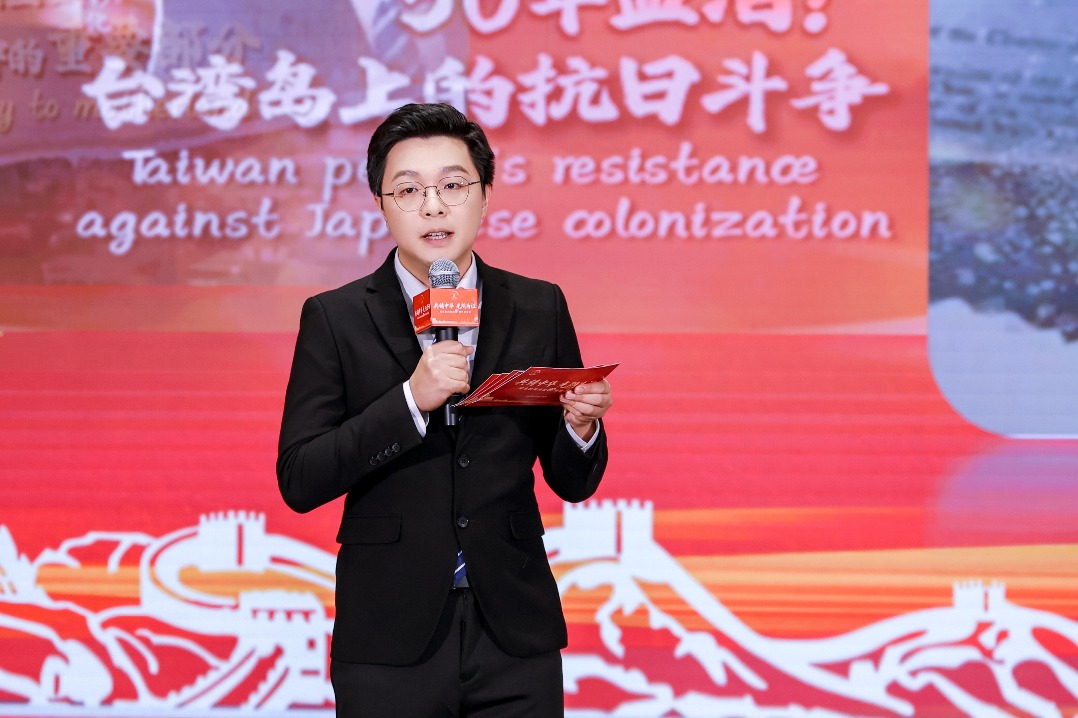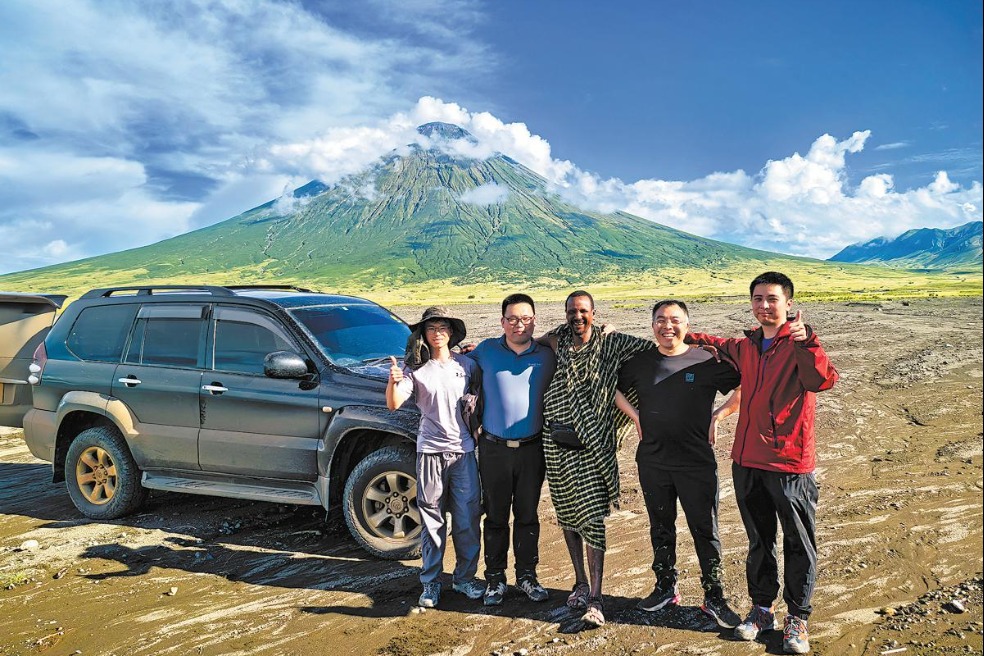Shedding rustic past for high-tech vision


Walking into the Nanning International Convention and Exhibition Center during the 22nd China-ASEAN Expo, I could feel the pulse of something new.
At the opening ceremony on Sept 17, screens lit up with seven languages flashing in sync, while "digital humans" generated by AI took to the stage in traditional Chinese attire and Peranakan dress. In the venue, young volunteers equipped with translation devices guided guests from across Southeast Asia.
It was a vivid demonstration of how Guangxi Zhuang autonomous region, long seen as China's gateway to ASEAN, is fast becoming the front line of artificial intelligence collaboration in the region.
This year's expo was the first following the China-ASEAN Free Trade Area 3.0 negotiations, and AI was undoubtedly the star.
The Spark ASEAN Multilingual Model developed by AI and intelligent speech giant iFLYTEK drew the headlines, but what was more impressive is the way Guangxi has repositioned itself.
It has become a testing ground where China's AI development and cooperation, research, integration and wider application in ASEAN, is taking root.
Two days later, in another corner of the venue, I joined the launch event of the first achievements from the China-ASEAN AI Publishing and Communication Innovation Center.
Mixed-reality headsets turned Da Vinci's design of a triple-barrel cannon into an interactive lesson. "I didn't know science could be learned this way," gasped a student from one ASEAN country. To me this was not just a tech showcase, but a cultural exchange happening in real time powered by AI.
In the AI exhibition zone, companies unveiled translation platforms, smart classrooms and healthcare assistants. At the publishing center, institutions from China and ASEAN countries signed agreements to build multilingual corpora, vocational training platforms and augmented reality-based science classrooms.
One of the innovation projects that impressed me most was a smart agriculture mini program. With just a snapshot of their mango trees, farmers can use AI to diagnose pests and diseases and instantly receive tailored solutions to tackle the problems.
I realized Guangxi isn't just a backdrop — it's a bridge, pulling together threads of technology, education and culture into a regional fabric.
Scholars and entrepreneurs reinforced this observation.
They told me Guangxi's proximity to ASEAN makes it ideal for "last-mile integration", where AI products are not only developed but also adapted to local languages, classrooms, agriculture, and industries. As one expert put it, "Here, technology meets the real world."
While chatting with a colleague from a local media outlet, I noted the region is still often stereotyped as relying mainly on agriculture and basic manufacturing.
He agreed, but added that Guangxi has skillfully turned this around by making impressive headway in high-tech fields such as AI — progress that would have seemed unlikely only a few years ago.
In covering these events, I realized that Guangxi is no longer just a participant in China-ASEAN cooperation — it has become the stage where shared futures are taking root.
From translation devices that break language barriers to AR classrooms that reimagine education, the region is helping shape an AI-driven community with a shared destiny.
- Shedding rustic past for high-tech vision
- Hainan to spearhead institutional opening-up
- Historians call for intl recognition of China's war efforts
- Nation's new polar research team starts journey
- Guangxi emerges as regional hub for AI growth
- Xi's attendance at 32nd APEC Economic Leaders' Meeting guides Asia-Pacific cooperation: Chinese FM




































